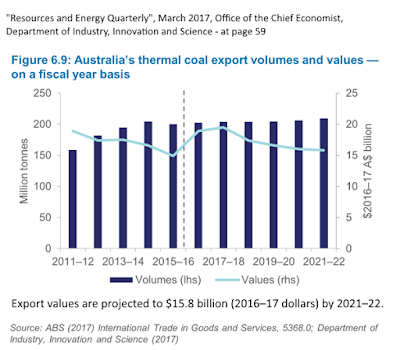JAPANESE ‘CLEAN COAL’ DEMONSTRATION PROJECT TAKES A STEP FURTHER
By Tetsuo Satoh |
Construction has begun on the third step of a project to demonstrate the world’s first integrated coal-gasification fuel-cell (IGFC) combined cycle power plant with CO2 capture. The five-year, $73.3-million project is a collaboration of the New Energy and Industrial Technology Development Organization (NEDO; Kawasaki City; www.nedo.go.jp) and Osaki CoolGen Corp. (Hiroshima Prefecture, both Japan; www.osaki-coolgen.jp). IGFC technology has the potential to reach a 55% thermal efficiency (higher heating value; HHV).
The IGFC demonstration project is composed of three steps (diagram): (1) the demonstration of oxygen-blown integrated coal-gasification combined-cycle (O2-blown IGCC), which was completed in March 2019; (2) the demonstration of O2 -blown IGCC with CO2 separation and capture, which started in December 2019; and (3) the demonstration of IGFC with CO2 separation and capture.

For the first step, a 170,000 kW-class demonstration test facility was constructed within the grounds of the Osaki Power Station of The Chugoku Electric Power Co. During the demonstration tests, coal particles were used to operate a 1,300°C-class gas turbine, while using the heat generated to operate a steam turbine for combined-cycle power generation. The performance, operability, reliability, and economic feasibility as a coal-fired power generation system was verified. The targeted thermal efficiency of 40.5% HHV was achieved for an O2-blown IGCC using a 100°C-class gas turbine. They are forecasting a net thermal efficiency of approximately 46% will be achieved for a commercial plant that uses a 1,500°C-class gas turbine. Based on these results, they are expecting to reduce CO2 emissions by about 15% compared to ultra-supercritical (USC) pressure pulverized-coal-fired power generation.
To demonstrate the second step, construction work on the CO2-capture unit was completed last summer, and testing started in December 2019 and will continue through 2020. Meanwhile, construction has also begun on the third step, in which the fuel cell will be added to the O2-blown IGCC to demonstrate the complete IGFC with CO2 capture, which should begin late 2021 and run through 2022. Ultimately, the project aims to achieve a net thermal efficiency of approximately 47%, while capturing 90% of the CO2, and a 40% of transmission end efficiency when applied to a 500-MW-class commercial unit.

















